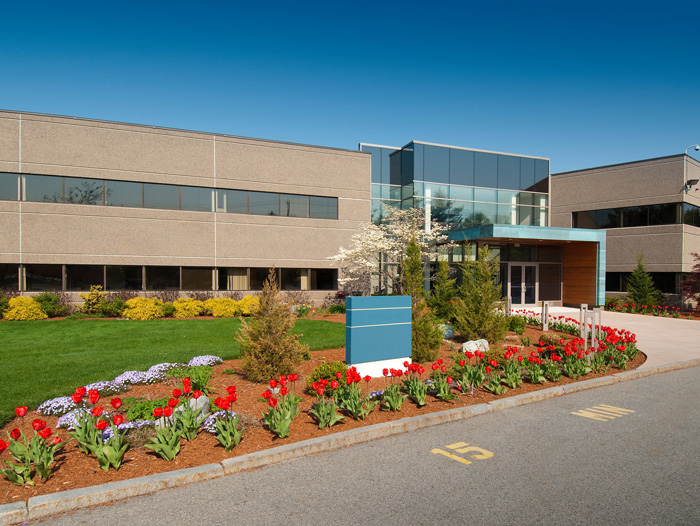Writing for the Harvard Business Review, Bonnie Cheng and Yolanda Li outline how being active can improve your performance at work, and offer three tips on how to do it.
Cheng is an associated professor of management and strategy and MBA program director at HKU Business School at the University of Hong Kong. Li is an assistant professor in the department of management at Lingnan University in Hong Kong.
How being active impacts work
In recent research, Cheng and Li recruited around 200 employees in the United Kingdom and China to participate in a 10-day study that captured self-reported and objective physical activity data through a wearable smart band device. In addition, they collected self- and supervisor-reported work outcomes.
Here are four things they found.
1. Motivation for physical activity predicts physical activity
"It may seem obvious that being motivated to partake in an activity would lead to doing said activity, but anyone who has ever made and then abandoned a New Year's resolution knows this isn't necessarily the case," Cheng and Li write.
However, people's autonomous motivation is an important resource that can prompt a person to engage in physical activity, Cheng and Li write. They found that the more autonomous a person's form of motivation, or the more people consider physical activity to be fun and enjoyable, the more likely they were to engage in daily physical activity.
2. Physical activity leads to next-day, work-relevant resources
Cheng and Li found that daily physical activity created a package of resources for the next day called "resource caravans" that contributed to work-related outcomes.
Specifically, the resource most immediately affected by physical activity was quality sleep. "Physical activity promotes protein synthesis and facilitates quality sleep as a homeostatic feedback process benefitting the body and brain," Cheng and Li write.
Vigor, referring to a resource associated with energy and vitality, as well as task focus were also affected by daily physical activity.
3. Physical activity affects next-day job performance and health
Cheng and Li found there were time-lagged benefits associated with physical activity on next-day task performance, creativity, and health symptoms.
Through two studies, Cheng and Li say they consistently found that daily physical activity generated resource caravans for employees consisting of physical, affective, and cognitive resources, which contributed to next-day job performance and health outcomes.
4. Job self-efficacy impacts the benefits of physical activity
Job self-efficacy — which reflects a person's perception of their ability to perform their job — amplified the resource-generating benefits of physical activity on sleep quality and task focus, Cheng and Li found.
Specifically, they found that those with higher levels of self-efficacy tended to hold stronger positive beliefs in their motivation and their ability to acquire work-related resources from daily physical activity.
How to get more active
Cheng and Li offer three steps towards getting more active in your daily life.
1. Focus on building a habit of daily physical activity
If you don't see immediate work-related benefits from physical activity, don't get discouraged, Cheng and Li write. Their research specifically looked at time-lagged, next-day benefits from physical activity and found significant improvements.
"Day by day, concentrate on forming new healthy habits, and results will unfold in time," they write.
2. Remember that some activity is better than none
It's easy to talk yourself out of activity for a number of reasons, but Cheng and Li write that their research has confirmed the perspective of the World Health Organization (WHO) that "some physical activity is better than doing none."
WHO recommends that adults ages 18 to 64 engage in at least 2.5 hours of moderate-intensity exercise or at least 1.25 hours of high-intensity activity per week.
Cheng and Li write that their research found moderate-intensity activity was the most impactful for generating physical, affective, and cognitive gains in resources to benefit next-day task performance, creativity, and health outcomes.
They also found that even short periods of activity, like 20 minutes a day, could generate resources that contributed to next-day task performance and health.
3. Move — whether you want to or not
Cheng and Li write that their research shows even employees who don't like exercising can reap benefits from daily activity. They also found that autonomously motivated people were more likely to participate in physical activity, meaning it's important to find an activity that makes exercise more fun and less onerous.
"If you're looking to up your game at work, make an effort to include more physical activity into your days," Cheng and Li write. "Your body will thank you, and your mind will reward you with more energy, better task focus, and improved creativity." (Cheng/Li, Harvard Business Review, 5/30)
Taking breaks improves well-being and performance, but very few workers are making the most of these moments. Writing for the Harvard Business Review, Zhanna Lyubykh and Duygu Biricik Gulseren explain how to take better breaks and offer four tips to help leaders encourage staff to take them — the right way.
Don't miss out on the latest Advisory Board insights
Create your free account to access 1 resource, including the latest research and webinars.
Want access without creating an account?
You have 1 free members-only resource remaining this month.
1 free members-only resources remaining
1 free members-only resources remaining
You've reached your limit of free insights
Become a member to access all of Advisory Board's resources, events, and experts
Never miss out on the latest innovative health care content tailored to you.
Benefits include:
You've reached your limit of free insights
Become a member to access all of Advisory Board's resources, events, and experts
Never miss out on the latest innovative health care content tailored to you.
Benefits include:
This content is available through your Curated Research partnership with Advisory Board. Click on ‘view this resource’ to read the full piece
Email ask@advisory.com to learn more
Click on ‘Become a Member’ to learn about the benefits of a Full-Access partnership with Advisory Board
Never miss out on the latest innovative health care content tailored to you.



